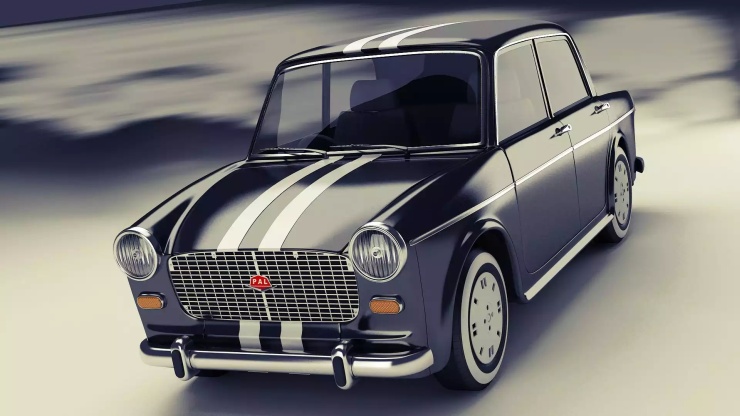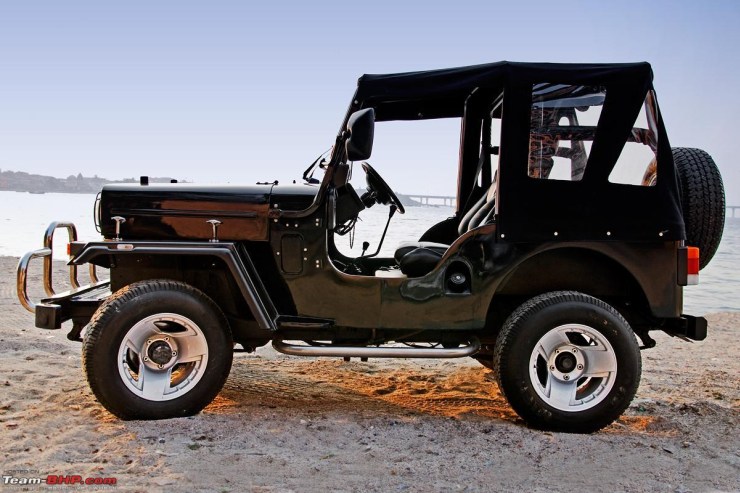In the world of car collecting, some people want to own pieces of automotive history, while others focus on the potential financial value of the cars. For enthusiasts in India, there is an opportunity to find cars that have both historical significance and the possibility of increasing in value over time. As certain models become rarer, their worth may rise due to a combination of their historical importance and decreasing supply. Here are some classic Indian car models that could be worthwhile investments in future.
However, do note: No one can promise the value of these cars will go up high enough to make it worth your while. It should, but it may not. That’s the risk while investing in classic cars. You have to keep them in good condition, close to factory-perfect, and also have a place to keep them for the long term. When you want to sell, let’s say in 2034, you should do some active reaching out to car collectors, enthusiasts, publicize them on social media and even go to some classic car shows to show them off and generate interest. Note of caution: Do not consider this financial advice. These are ideas for you to think of on your own.
Standard Herald – Convertible cool

The Standard Herald (a derivative of the Triumph Herald) from the 1960s brought elements of British automotive engineering to the Indian market. Its styling and driving dynamics were unlike most other cars available in India at that time. Surviving examples of the Herald could appeal to collectors interested in design and performance from that era.
Standard 2000 – Spaceship of the 80s

The Standard 2000, made from 1985-1988, was an attempt at an Indian-produced luxury sedan based on the Rover SD1’s design. However, it was considered overpriced and underpowered at the time. This makes the Standard 2000 a rare and interesting piece of automotive history in India, an ambitious but flawed project. Its uniqueness could attract collectors in the future.
Hindustan Ambassador – The Older the Better!

The Hindustan Ambassador, affectionately known as the “Amby,” is an emblem of India’s post-independence automotive landscape. Based on the Morris Oxford series III model, the Ambassador began its journey in 1958 and enjoyed a production run spanning several decades, making it one of the most iconic vehicles in Indian history. The car’s distinctive design, and the cultural significance it holds as a symbol of an era when it dominated the Indian streets, add to its allure as a collectible.
As modern vehicles have taken over roads, the Ambassador has become a rare sight, enhancing its nostalgic value, and appeal to collectors. The Ambassador’s historical significance, combined with its unique position in the hearts of many Indians, suggests that its value as a classic car is likely to appreciate over time, making it a prized investment for those looking to own a piece of India’s automotive heritage.
Premier Padmini – The family car, the kaali-peeli taxi of the movies!
Based on the Fiat 1100, the Premier Padmini was ubiquitous on Indian roads from the 1960s-1980s as an affordable, durable family car, and taxi. Its simple, distinct design has made the Padmini an iconic and nostalgic vehicle for many Indians. Mumbai’s kaali peeli Padmini taxis have already disappeared from roads. Nicely preserved Padminis could gain value over time.
Mahindra Jeep CJ-4A – Yes, they are actual Jeeps
The CJ-4A exemplifies Mahindra’s longstanding relationship with Jeep, of producing tough off-road vehicles. Its direct lineage to the original Willys Jeep makes it an iconic symbol of off-road capability from a simpler, older era of motoring. Well-preserved examples could be prized by collectors as interest grows in mechanically straightforward off-roaders.
Hindustan Contessa – Muscle car? Not really but well-loved
In the 1980s, the Hindustan Contessa was one of the first efforts at an Indian-made luxury sedan intended to rival foreign models. Inspired by the Vauxhall Victor sold in the UK, the Contessa offered upscale features for its time. The Contessa has become appreciated by enthusiasts for blending Indian production with a Western design ethos.
Many call it a muscle car of the past, but that it was not. It ran 1.8 liter petrol and 2.0 liter diesel engines from Japanese automaker Isuzu. Thee 88 Bhp Isuzu petrol made it sprightly, but came nowhere close to what real muscle cars offered, even in the 1980s.
Maruti 800 SS80 – The original aam aadmi car!
The original Maruti 800 SS80, launched in 1983, was the first car produced by Maruti Suzuki. It marked an important moment for personal transportation in India. Unlike later versions, the SS80 had a distinctively Japanese design inspired by the original JDM (Japanese Domestic Model) Suzuki Alto. As the car that started Maruti’s presence in India and with decreasing numbers remaining, the SS80 may become more valuable to collectors over time.
Fiat Abarth Punto – Blazing fast, rare
When launched in 2015, the Fiat Abarth Punto was a high-performance hatchback, offering quick acceleration from its turbocharged engine. With Fiat no longer selling cars in India, the Abarth Punto is one of the few reminders of the brand’s performance heritage in the Indian market. This could make it appealing to collectors interested in modern performance cars. With a powerful 1.4 liter turbo petrol engine that put out 143 Bhp-209 Nm, the Punto Abarth is the most powerful car in this list. Safety features such as ABS and airbags, and sturdy build quality make it safe enough for everyday use. This is one collectible car you can enjoy everyday, and probably make money off, after you’re bored of it!
Mahindra Classic (Off-road model) – Best on a beach!
Introduced in the early 1990s, the Mahindra Classic was a basic off-road vehicle reminiscent of the original Willys Jeep design. As new SUVs become more luxurious and high-tech, the Classic’s simplicity and go-anywhere abilities could make it attractive to collectors interested in traditional off-roading. Unmodified examples are hard to find at low prices though.
Fiat Palio S10 – The Sachin Edition

The limited edition Fiat Palio S10 hot hatchback from the early 2000s had a sporty image thanks to cricketer Sachin Tendulkar’s endorsement and its performance-oriented 1.6 liter petrol engine that made 100 Bhp. With relatively few produced, the Palio S10 is uncommon and could appeal to collectors interested in India’s early affordable performance cars.
All these Indian classic cars all have some historical significance tied to the development of personal transportation in the country. As they become harder to find, the combination of their place in history and increasing scarcity could potentially make them wise investments for collectors and enthusiasts interested in preserving India’s automotive heritage.
The post Investing In Indian Classic Cars: Our Top Picks To Make Money From Cars! first appeared on Cartoq.




